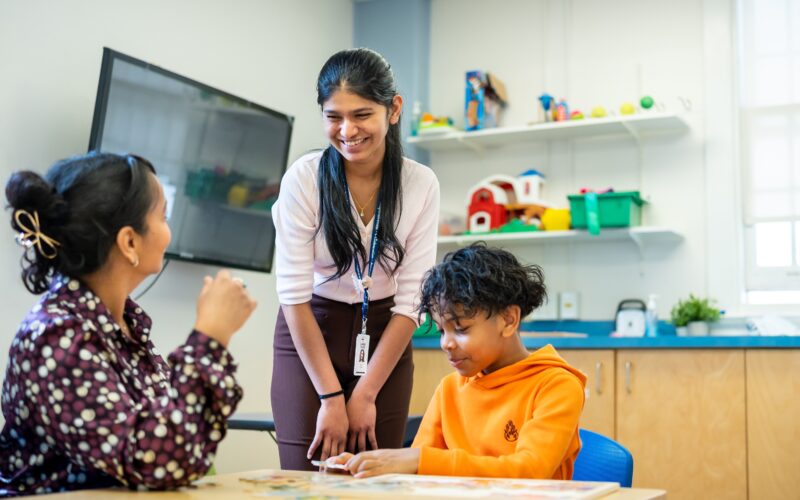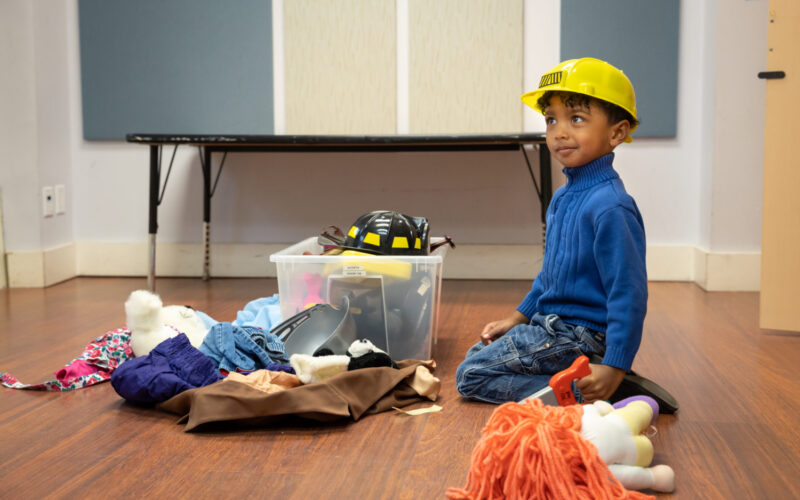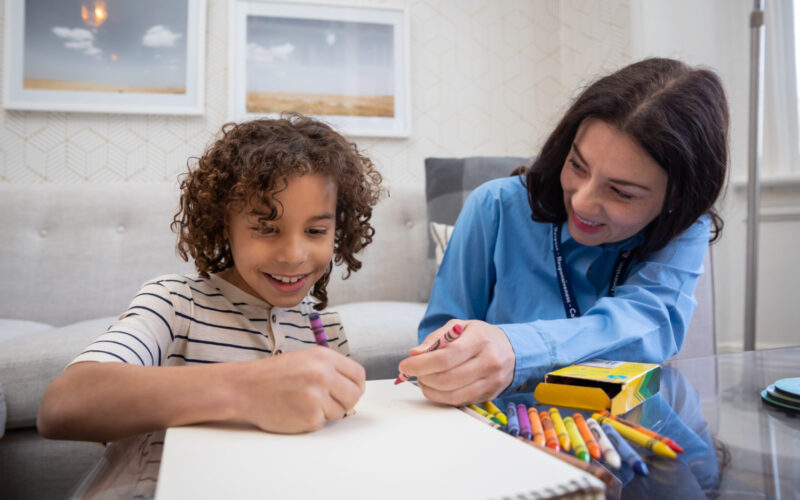How to Get Started with Toilet Training
OCTOBER 9, 2020
Toilet training is the process of teaching your child to use a toilet to urinate and for bowel movements. This includes toileting routines, such as asking for the washroom when needed, completing dressing/undressing routines, using the toilet, and cleaning themselves when required. It can also include teaching your child to recognize their body cues to know when it’s time to use the toilet.
Why is toilet training important?
- Diapers are expensive!
- Being toilet trained increases independence for children
- It can increase access to school and vocational settings
- It decreases stigma and promotes socialization
- Parents may feel less stress about managing toileting in the community
- Toileting routines are less time consuming when a child is independent in the washroom.
ADDITIONAL INFORMATION
- Start toilet training when you have 3-4 days of uninterrupted time at home
- Consistency is key and staying in to focus on this will increase success!
- Choose a highly motivating reward (i.e., snack, YouTube video, toy) that your child gets for using the toilet
- Stock up on your child’s favourite drinks so you can encourage them to drink more fluids
- Consider having your child only wear underwear so you catch accidents quickly
- Go to the toilet – Do this immediately so they link asking with going to the toilet
- Have your child sit on the toilet
- If they don’t like to sit, start with sitting for 5 seconds, 10 seconds, 30, and so on
- If they can sit, have them sit for 1-2 minutes or until they urinate or have a bowel movement
- Give a reward – Give the reward immediately >If your child urinates or has a bowel movement give them their reward immediately along with specific praise (i.e., “Wow! Great peeing in the toilet!”)
- If they don’t go, tell them they can try again next time
- Repeat – Repeat the cycle every 30 minutes
- Increase the time between trips as your child is more successful and not having accidents
- Track your child’s progress using a tracking sheet so you know when to increase the time between trips
- Independent requests – If your child asks to use the washroom on their own and is successful doing so, celebrate this and give them lots of their reward
- Accidents – They happen
- If your child begins to have an accident, quickly interrupt and prompt them to the toilet.
- Avoid drawing attention to the accident – You can say something like “pee goes in the toilet,” in a calm, neutral voice
- If they complete the urination in the toilet, give them access to a small reward
- Change any wet clothes without any additional or unnecessary attention
- Don’t make clean up fun (e.g., extra comforting/consoling)
- Keep going! Accidents are a normal part of toilet training
Lots of Accidents
- The time between toilet trips could be too long
- Try shortening the time between trips and increase the interval by smaller increments (30 min. – 40 min. – 45 min.) as your child learns.
- Before starting to toilet train, it could be useful to take data on when your child’s diaper is typically wet/dirty. This can help you set appropriate time intervals for visiting the washroom when you begin toilet training
- If accidents persist, consult a medical professional to rule out any health concerns
- Consider using visuals to support independence
- A visual schedule can help your child learn what steps to follow when completing a toileting routine
- A first/then board can help show your child what they get for using the toilet successfully (i.e., “First pee in toilet, then cookie”)
- See our related tip sheet on Using Visuals to Support Routines for more information
- Kroeger, K., Sorensen, R. (2010). A parent training model for toilet training children with autism. Journal of Intellectual Disability Research, 54(6), 556-567.
- Wheeler, M. (2007). Toilet Training for Individuals with Autism or Other Developmental Issues: Second Edition. Arlington, Texas: Future Horizons.


